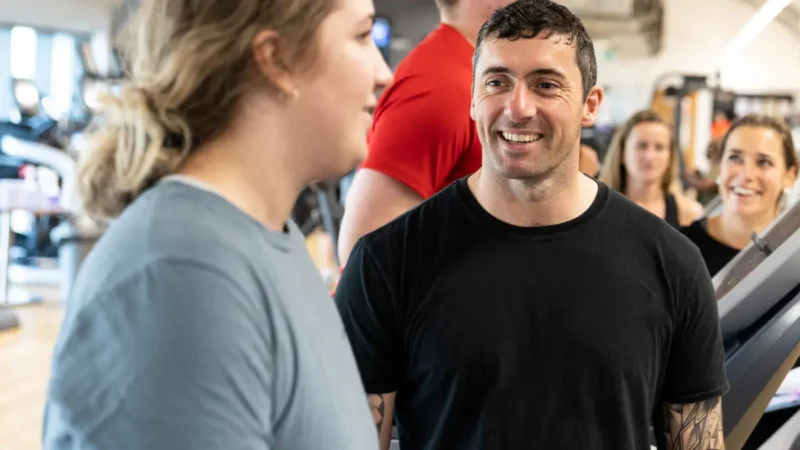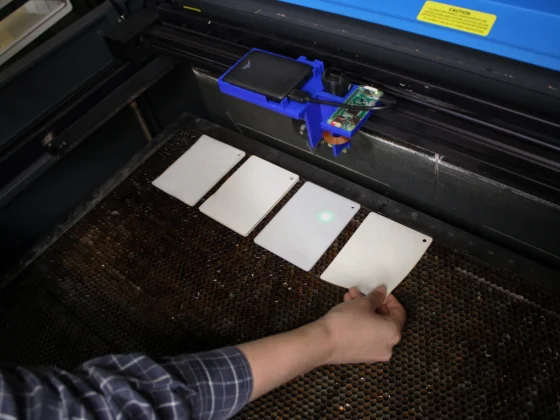Becoming a personal trainer is a journey that many fitness enthusiasts embark upon, driven by their passion for health and helping others achieve their fitness goals. However, the path to becoming a certified and successful individual trainer involves a combination of education, practical experience, and dedication. In this article, we’ll explore the timeline and steps involved in the pursuit of a career in personal training.
1. Educational Foundation (3-6 months)

The first step towards becoming a personal trainer is acquiring a strong educational foundation. While formal education isn’t always a requirement, completing a certification program from a reputable fitness organization is highly recommended. These programs often span three to six months and cover essential topics such as anatomy, physiology, exercise science, and nutrition. Online and in-person options are available, allowing flexibility in learning.
2. Practical Training (6-12 months)
After gaining the necessary theoretical knowledge, aspiring personal coaches need to apply their learning in a practical setting. This typically involves working as an apprentice or intern under the guidance of experienced coaches. During this phase, individuals learn to design workout plans, assess clients’ fitness levels, and provide effective guidance. This hands-on experience is invaluable for building confidence and developing interpersonal skills.
3. Certification (Varies)

Many fitness organizations offer certifications that are widely recognized in the industry. The timeline for certification varies depending on the program and the individual’s commitment. Some programs can be completed in a few weeks, while others may take several months. It’s crucial to choose a certification that aligns with one’s career goals and is accredited by reputable fitness associations.
4. Continued Learning (Ongoing)
The fitness industry is dynamic, with new research and trends emerging regularly. Individual trainers need to stay up-to-date with the latest developments to provide the best guidance to their clients. This involves continuous learning through workshops, seminars, and online courses. Dedication to ongoing education not only enhances a coach’s expertise but also builds credibility and trust with clients.
5. Building a Client Base (1-2 years)

Establishing a thriving client base takes time and effort, especially for a Colorado personal trainer. At the beginning of a personal training career, coaches often find themselves working in gyms or fitness centers, which provides them with valuable exposure and networking opportunities within the local fitness community. Building a solid reputation and cultivating rapport with clients can be a journey that spans anywhere from one to two years. In the case of a Colorado personal trainer, this process might involve not only delivering effective workout plans but also catering to the unique preferences and fitness goals of clients in the picturesque Rocky Mountain state.
6. Specialization (2-5 years)
As personal trainers gain experience, they often choose to specialize in specific areas such as weight loss, sports conditioning, or corrective exercise. Developing expertise in a niche not only sets coaches apart but also opens up opportunities for working with a targeted clientele.
Conclusion
In conclusion, the journey to becoming a successful individual trainer involves several stages that span over a few years. From educational foundations and practical experience to certification and ongoing learning, each step contributes to a trainer’s expertise and reputation. While the timeline can vary, dedication, continuous improvement, and a passion for helping others achieve their fitness goals are the keys to a rewarding career in personal training.


